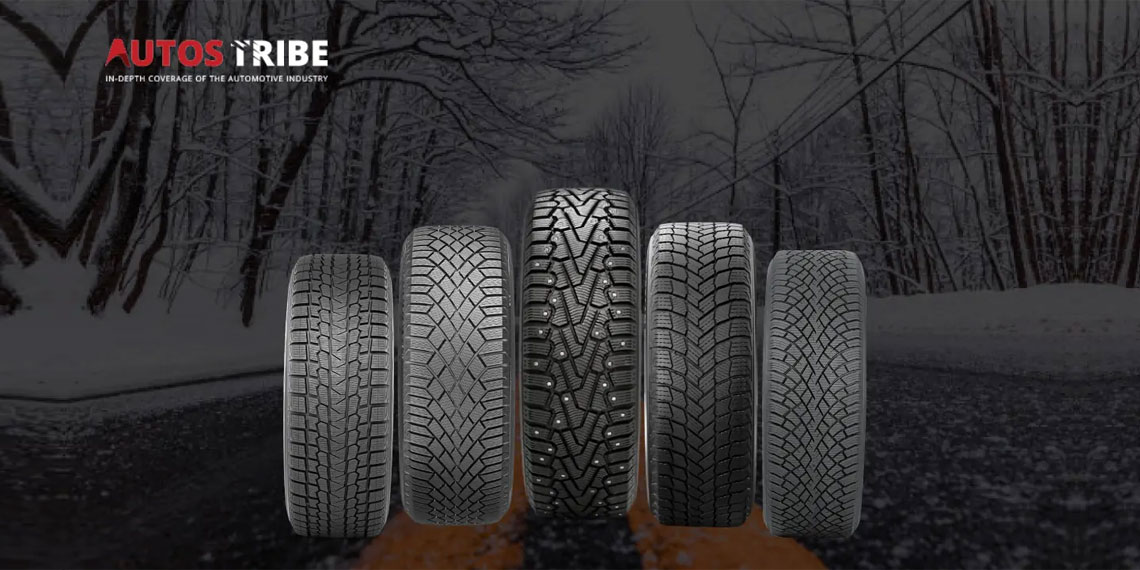If you live in a region, which receives heavy snowfall, we suggest you mount your vehicle with a set of winter tires, commonly labeled as Snow Tires. And do not live in a false sense of security that all-season tires will perform efficiently during winters.
Snow tires run in the winter season and provide the appropriate features so vehicles and passengers do not get stuck in ice or other situations. Such automobiles play a significant role in human life through their rubber resistance to temperature and tread patterns to keep the vehicle in order on the road.
Table of Contents
Furthermore, the tread on winter tires is meticulously designed to bite into the snow and allowing for excellent grip on the road. The question is how to pick the best snow tires for your vehicle? Let’s find out…
Top-Tested Winter Tires for Snow & Ice Driving
The best winter and snow tires includes the best tire manufacturing companies based on the ratings given below. These tires include the Michelin X-Ice Snow, Nokian Hakkapeliitta R5, Continental VikingContact 7, Pirelli Ice Zero FR, and the Yokohama iceGUARD iG53.
Winter/Snow Tires – Ratings
Each winter tire in this review was thoroughly tested and evaluated based on several categories, including snow handling, ice handling, wet handling, dry handling, and overall comfort. You can find more specifics regarding our rating system here.
The scores in each category are compiled into a single overall rating that ranges from 1.0 to 10.0 stars. Each winter tire’s ratings, including their overall ratings and awards from our team, are highlighted below:
These ratings are based on testing these tires on the features such as snow, ice, wet, dry handling and overall comfort. The score in each tire category compiled and ranges the ratings from 1 to 10 stars;
| Brand/Model | Overall Rating | Award |
| Michelin X-Ice Snow | 9.8 | Best Winter Tire |
| Nokian Hakkapeliitta R5 | 9.7 | Best Winter Tires for Ice |
| Continental VikingContact 7 | 9.6 | Best Winter Tires for Rain |
| Pirelli Ice Zero FR | 9.5 | Best Winter Snow Tires |
| Yokohama iceGUARD iG53 | 8.8 | Best Budget Winter Tires |
To learn about these tires in details, come along and continue reading…
1. Michelin X-Ice Snow – The Best Winter Tires
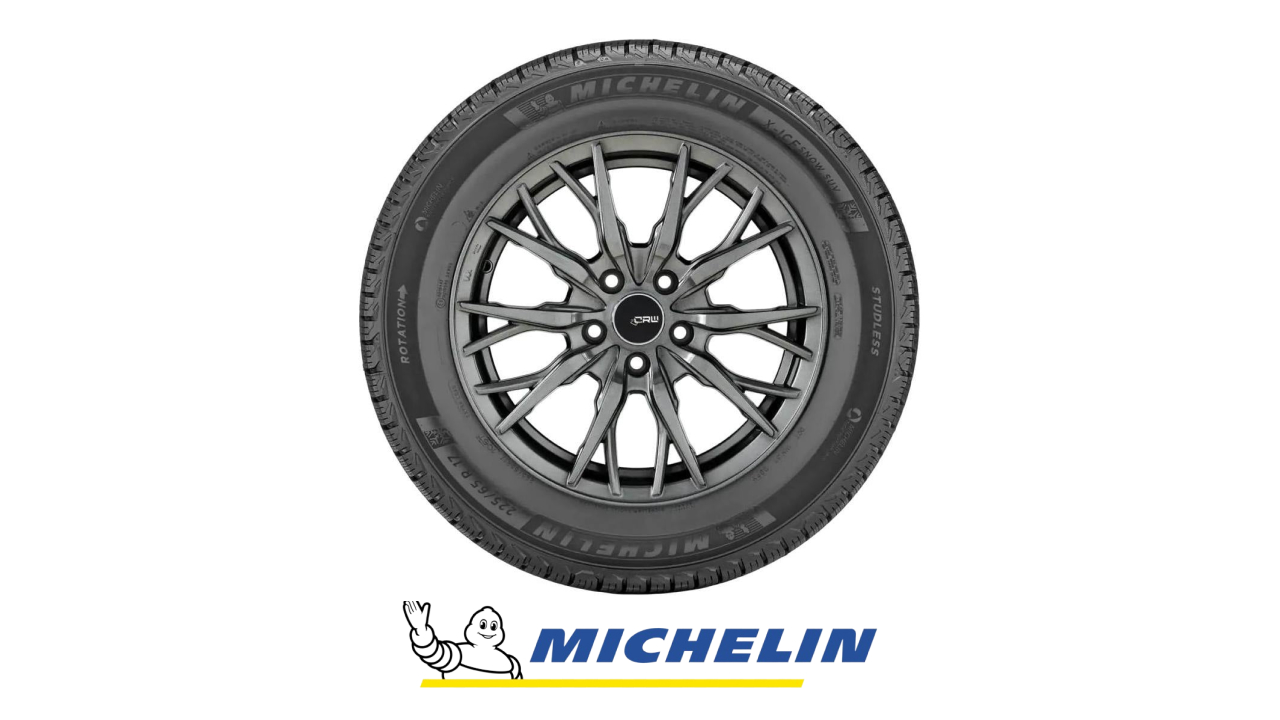
Michelin X-Ice Snow was created to give you the confidence you need when driving in the winter. It gives a relief for drivers of coupes, sedans, minivans, and SUVs alike. The X-Ice Snow’s tread compound uses inclusion technology to create microroughness, which improves traction on ice and snow. The Michelin X-Ice Snow’s benefits and drawbacks are listed below:
Pros:
- Well-rounded grip on snow in winters
- Best-in-class grip on ice
- Feels incredibly safe specifically on wet roads
Cons:
- It is prone to understeer on wet roads
Why We Like Them
Good for both wet and dry conditions. Michelin tires can handle snow and wetness effectively and considered as the best winter tires you can buy.
Specs
- 3PMSF: Yes
- Rolling resistance: 7.25 Kilograms/Ton
- Two types of full-depth sipes: notched sipes and variable-thickness sipes
- High Silica Content
2. Nokian Hakkapeliitta R5 – Best Winter Tires For Ice
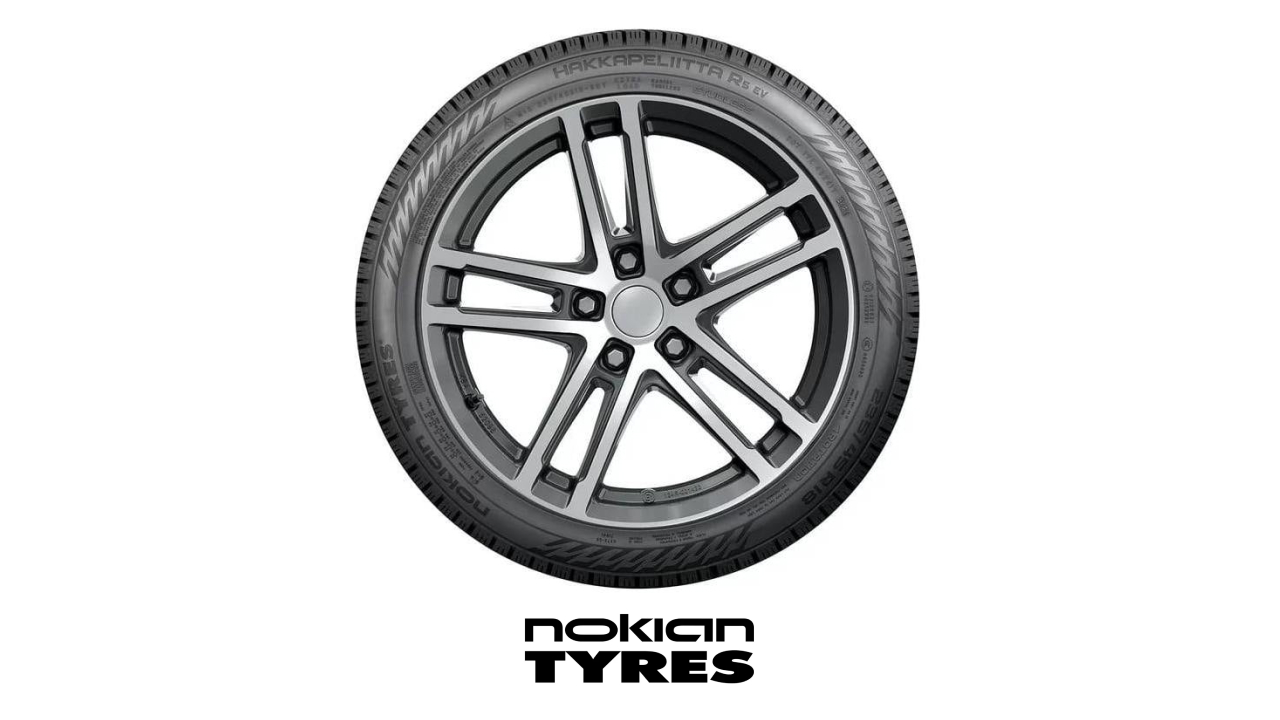
The Nokian Hakkapeliitta R5 is a stud-less winter tire that builds upon the renowned Hakkapeliitta range of tires. Their tires range encourages drivers of passenger automobiles to drive comfortably in winter.
Furthermore, because of their durable design, these non-studded tires are advised for use on electric and hybrid vehicles. It has unique winter traction due to Silent Touch tread, complete rubber compound, double block grip and tire integrated studs. The environment friendly design with these unique features allow R% to provide a smooth and unwavering grip on snow.
The benefits and drawbacks of the Nokian Hakkapeliitta R5 are as follows:
Pros:
- Allows consistent handling in snow
- Incredible ice braking
- Best-in-class handling on dry roads
Cons:
- Prone to hydroplane on wet roads
Why We Like Them
These tires performs better on icy roads then other stud-less tires.
Specs
- 3PMSF: Yes
- Rolling resistance: 7.34 Kilogram/Ton
3. Continental VikingContact 7 – Best Winter Tires For Rain
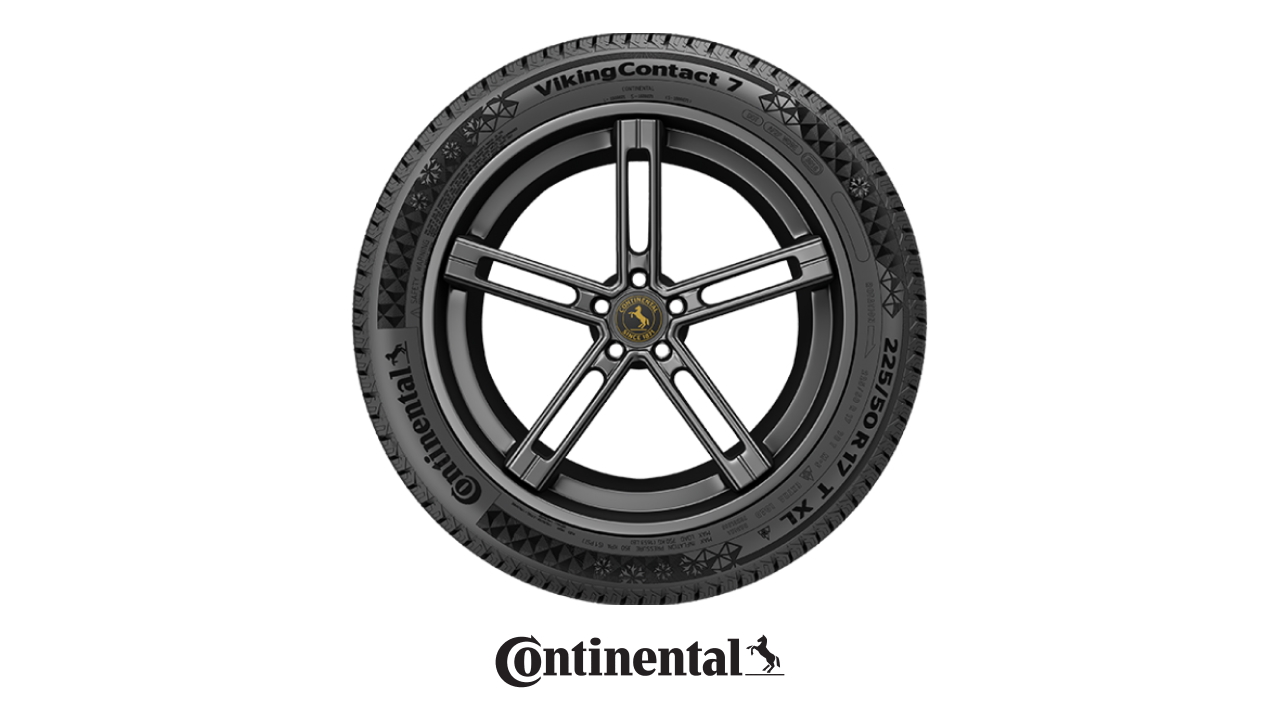
The Continental VikingContact 7 Tire is composed of a unique Nordic compound. It makes use of all available technologies to enhance grip on both dry and winter conditions.
The Nordic compound chemical is shaped into an ingenious pattern and user-friendly siping network. This network is intended to evacuate water and stop hydroplaning, whether it is wet, frozen, or anywhere in between. The benefits and drawbacks of the Continental VikingContact 7 are as follows:
Pros:
- Braking and traction in the snow
- Excellent handling on dry roads
- Among the winter tires with the best handling on wet roads
Cons:
- On ice, grip may increase and subsequently decrease.
Why We Like Them
Continental Viking-Contact can do more than just providing traction in the snow and icy roads.
Specs
- 3PMSF: Yes
- Rolling resistance: 7.56 Kilogram/Ton
- Neutral balance
- Good on lane changes
4. Pirelli Ice Zero FR – Best Winter Snow Tires
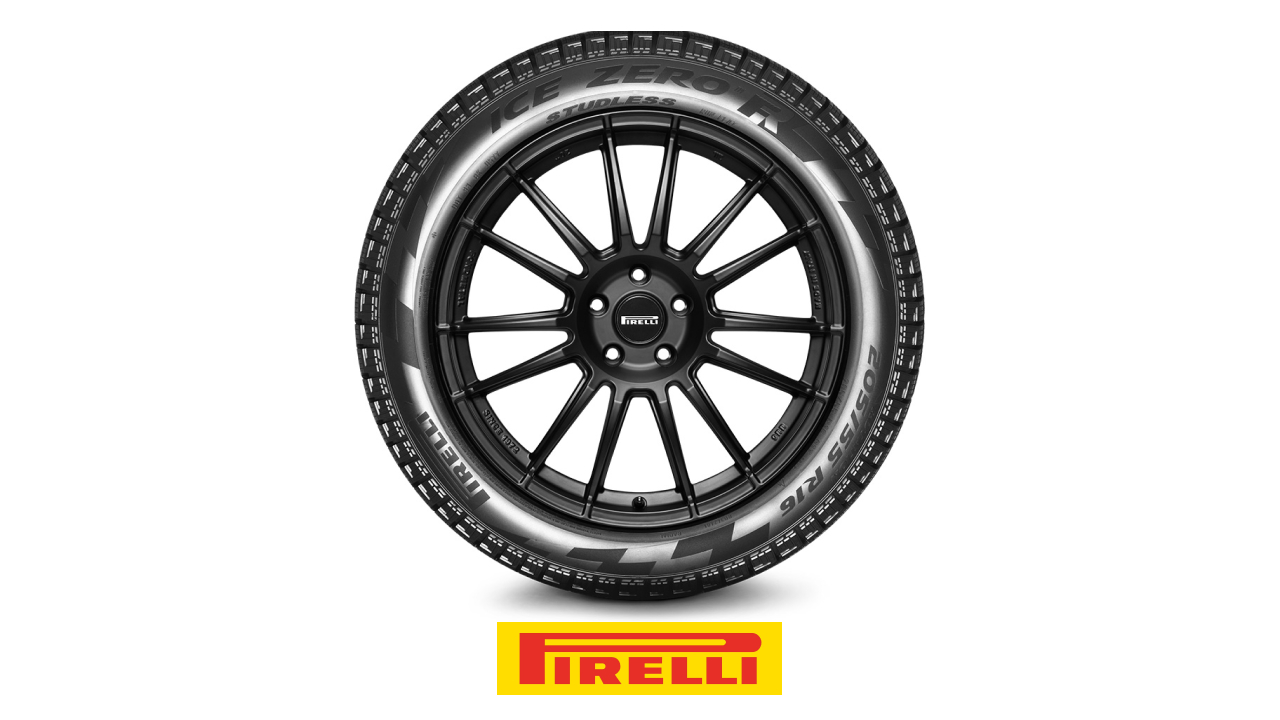
The Pirelli Ice Zero FR is designed for the most challenging winter driving conditions. It comes with an arrow-shaped directional pattern and a special winter compound. In this directed tread pattern, the tire’s central section has the highest density of sipes. Which is improving longitudinal grip and, as a result, braking and acceleration in snow and ice. These are the advantages and disadvantages of the Pirelli Ice Zero FR:
Pros:
- Top-notch snow management
- High amounts of ice grip
- Feels stable on wet roads
Cons:
- Hydroplaning on wet roads is a tendency
Why We Like Them
The traction in these tires is second to none and it can grip various types of snow..
Specs
- 3PMSF: Yes
- Rolling resistance: 8.38 Kilogram/Ton
- Excellent for both dry and wet roads
You Might Like to Read: Explore The Pirelli Tires Review
5. Yokohama iceGUARD iG53 – Best Budget Winter Tires
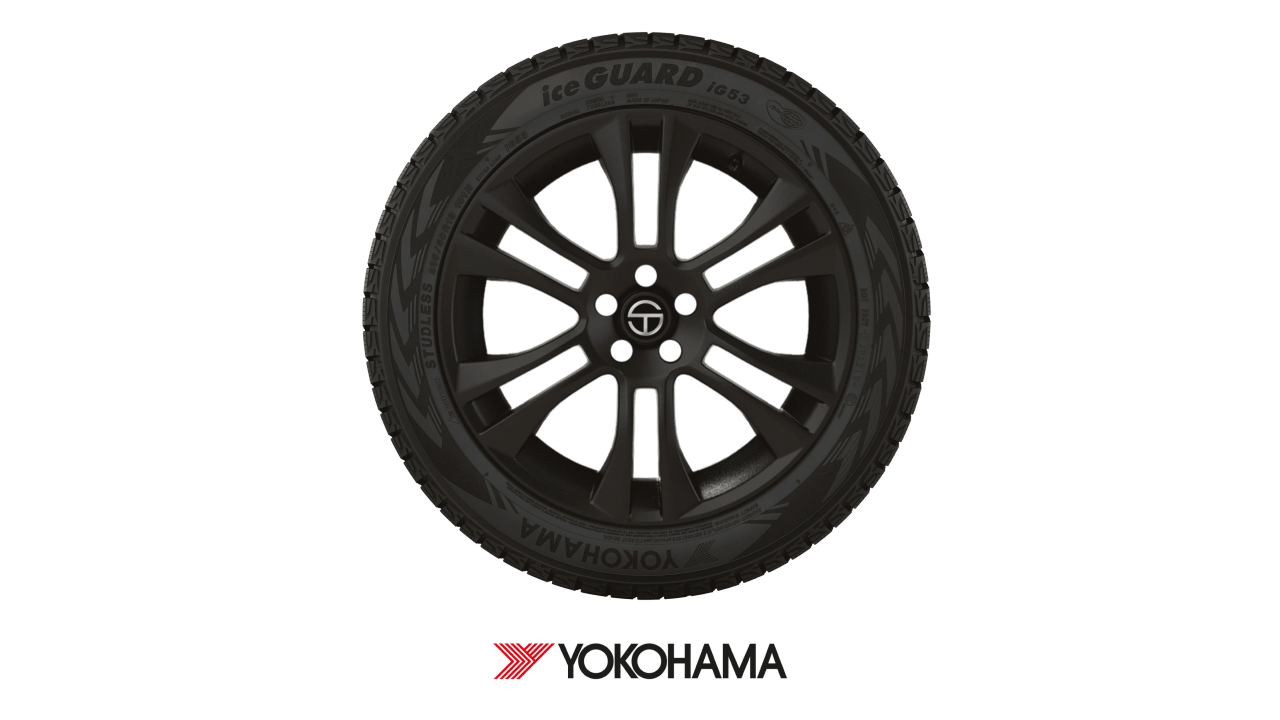
Yokohama created the iceGUARD iG53 for people who wish to enhance their traction without going over budget. A low rolling resistance indicates fuel economy which means you aren’t wasting petrol money.
The exceptional riding quality of the iceGUARD iG53 is made possible by Yokohama’s cutting-edge winter tire technology. The benefits and drawbacks of the Yokohama iceGUARD iG53 are as follows:
Pros:
- Excellent ice handling
- Outstanding performance on a dry road
- Feels balanced on snow
Cons:
- General lack of traction in the snow
Why We Like Them
This is a reasonably priced winter tire that guarantees you won’t become stuck in the snow.
Specs
- 3PMSF: Yes
- Rolling resistance: 7.5 Kilogram/Ton
Related Pick: High Performance Tires – How To Choose The Right Ones
Why to Buy Snow Tires?
There are numerous benefits of having winter tires along with some drawbacks, as follows;
Pros:
- Snow tires provide good journeys or icy roads without slipping or losing strength from such roads.
- Due to the rubber material, it holds the grip roads firmly and secures the connection between the vehicle and the road.
- It provides safety measurements, controlling capability and other related functions to the people during their travelling.
- It applies fewer brakes over the road, and drivers experience smooth or non-stop travelling and controlling handling for a safe journey.
Cons:
- Other than all seasonal tires, snow tires have more demand in the markets to use in the winter for adventure or family events.
- It may screech the road, make noise while travelling and make the internal and external environment unpleasant.
- Snow tires may have high costs because of their unique property and demand and their additional tire in case the previous tire gets damaged due to extreme conditions.
- People have no other choice in other common seasons, but to use it in the winter only requires high costs.
Top Snow Tires – A Guide To How You Should Buy Winter Tires
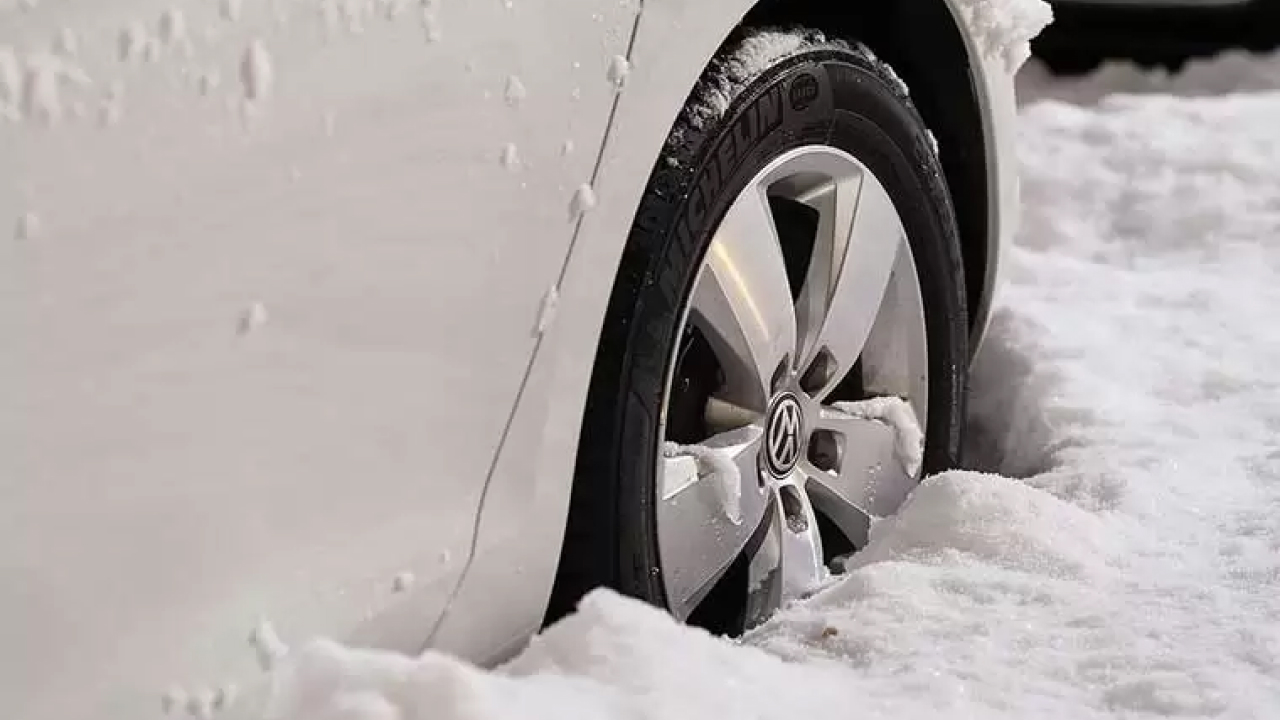
Now that you know you need tires for winter and it is time to understand the characteristics of best snow tires. Let us find out:
Studded Or Non-Studded
Studded tires are actually equipped with metal studs in the tire treads. These studs help your vehicle maneuver past frosty roads and pavements, thanks to their superior traction. On the downside, when there is no snow, they can cause difficulty while steering and stopping. In addition, the added friction increases the fuel consumption of your vehicle considerably.
Flexible Treads
Flexible treads enable your vehicle to regain traction even when you hit a pavement laden with snow. How? Because the manufacturers design the tread to provide excellent grip on the road and sufficient traction while you move along swiftly. It also ease the tire adjustment which helps maintain the structure and shape of tire. For this, you must choose the right car tire inflators.
Distribution
It is essential for your vehicle to have a reasonable weight distribution throughout the tires. When the weight is evenly distributed, only then can your car maneuver past harsh road conditions. It helps your vehicle to move seamlessly, as a single unit. Best snow tires offer perfect weight distribution.
Warranty
Warranties are important in all products but when it comes to best snow tires, it is even more. However, most of the snow tires might not have markers for tread wear mileage but they do come with years and inch depth fractions. If you are unsure how to read the warranty on snow tires, maybe get an expert to tag along with you.
Related Pick: The Ultimate Tire Size Guide: Find the Perfect Fit for Your Vehicle
Winter Driving Tips To Stay Safe While Driving In Snow & Ice
Driving in winters comes with a lot of surprises including heavy rain and snowfall. Even you are a seasoned driver, it is never easy to handle these extreme conditions. Here are some winter driving tips to stay safe:
(1) Stay Alert
Sounds cliché, hmm? The worst thing you can do is lose focus during winter driving. Moreover, winter also demands you to be super alert while taking turns or even following a straight line.
(2) Use Brakes Wisely
Slamming on the brakes in winters means you have lost control and are on the brink of getting involved in an accident. And brake with assuredness and keep a distance between yourself and the vehicle ahead of you. The roads during winters are slippery, and as we all know what can happen if we apply emergency brakes.
(3) Avoid Over-speeding
When the weather is very bad and your vision is hampered, you should not go above the speed of 40km/h. Let people honk at you; show courtesy and let them pass. You have to worry only about yourself. Besides, if you have the best snow tires, you should be in control of your car. Drive safe!
(4) Understanding Tire Pressure
During winters, it is also wise to go with a slightly higher car tire pressure because a higher pressure can help your car adjust to fluctuations in air pressure. For instance, if air temperature
